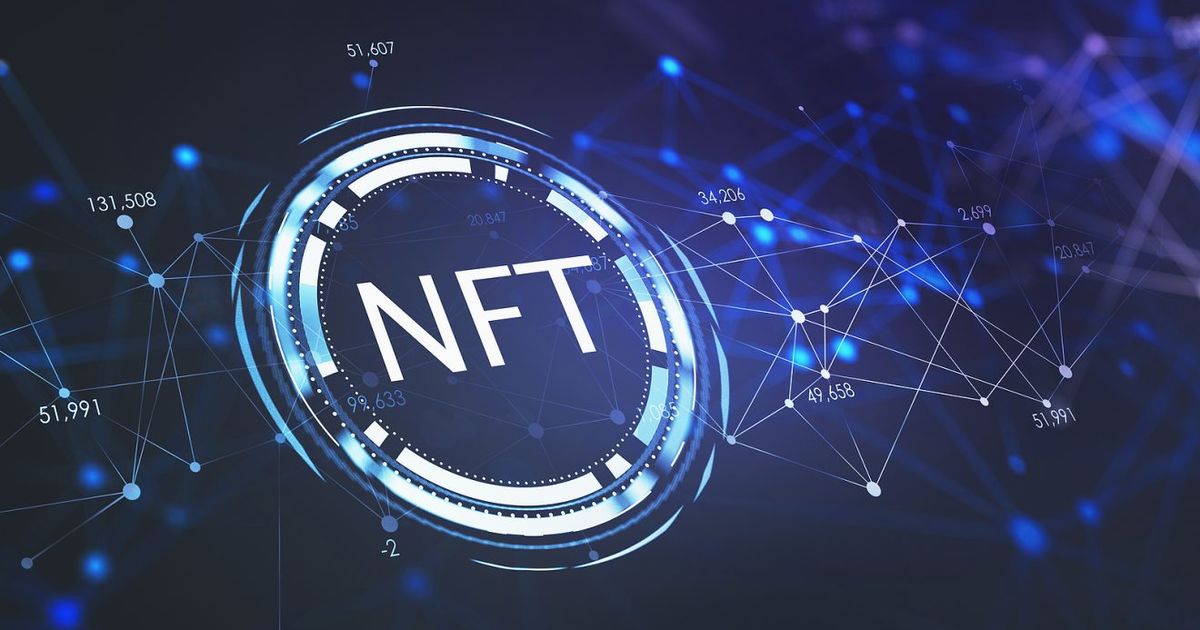The increased security of NFTS allows blockchain-based platforms to combat digital piracy by including additional features like IPFS, the ability to report users who are uploading content they do not own, or even revoke their share of ownership based on breaches of contract. Furthermore, you can visit NFT Profit to execute profitable trades even if you don’t have any prior experience in bitcoin trading. Additionally, people can update the software remotely in real-time and function as a trackable asset, even when transferred from one owner to another.
It makes blockchain an ideal way for digital rights holders to protect their content in an era where pirates are getting more sophisticated in sharing it without interruption. The ability of digital rights holders to provide this increased functionality depends on the use case. At its most basic, a blockchain can be used by people to identify who uploaded an image that was then shared and which service they used. Once a particular file is flagged as unauthorized, those rights holders can execute a smart contract to determine what should happen next.
For example, they may purchase the photo from the uploader directly or block access to it entirely by taking away their share of ownership. Beyond this, blockchain technology can be used by users to draw revenue from unauthorized content by charging a fee for the sale of each copy. Since Ethereum smart contracts are publicly available, users would access the blockchain after it’s purchased and receive proof that they were legally allowed to play that song in digital form. Let’s discuss how NFTS can mitigate digital piracy.
How can NFTS mitigate digital piracy?
Blockchain can integrate the music industry into a future where it is convenient and safe to receive content you did not pay for. This future is not limited to music and will include photos and videos soon. Services built on the blockchain are well-suited to control how that content is shared.
Since all content has a unique identifier, anyone using its hash (the hexadecimal value derived from any media) would be required to pay a fee per listener. Technologies like IPFS make the file delivery process seamless without decreasing the privacy of your listeners or increasing their costs.
Blockchains are also great at keeping track of where music is and identifying which people have access to it. It can be used for all sorts of things, from making sure listeners can only play the music they legally purchased from you to stopping unauthorized use of your music in videos. Each smart contract allows you to dictate how you would like the song to be used and who is allowed to do so. For example, if a listener tries to play an unauthorized version of your song, the smart contract could apply one or more of these abilities:
The blockchain allows us to create a world where we know what happens with our content as it spreads throughout the world. Not only can we know if it was downloaded or played, but if someone tries to upload it to a streaming service, the blockchain will prevent it from doing so unless paying the fee.
Potential reasons:
Another reason why NFTs could be great for fighting digital piracy is that they will allow users to trace content back to its original creator. For example, if you are looking at an image on the internet and want to find out where it came from, blockchains make that process easy by allowing you to trace it back to its author. In addition, the blockchain allows you to make edits and updates to your content, which the user in its hash will reflect.
Suppose you can make a track into a remix and distribute it without the original artist’s permission. In that case, you could update the original file with the new information and ensure that no one else can copy your work. In addition, it would motivate remixers to give proper credit and prevent unauthorized use on platforms like Spotify and YouTube that do not support NFTs. For example, a person can take an existing song and make edits or even re-record parts of it, but if you want to release your version of the song, there would be a way for both versions to display on music sites.
Legalities:
Rather than dealing with all the legalities, these platforms could check for an NFT and then provide a video for the original artist and one for the remixer. This functionality is enabled by using a blockchain with smart contracts written in it, allowing the original artist to release their song and then use a smart contract to determine what happens next.
Transparency and interoperability are essential parts of any digital rights framework. Blockchain-based platforms can make users more aware of how their content is used online since they have access to the complete hash every time they listen to that song. Additionally, if listeners want to share content with others, a built-in function lets them do so quickly
